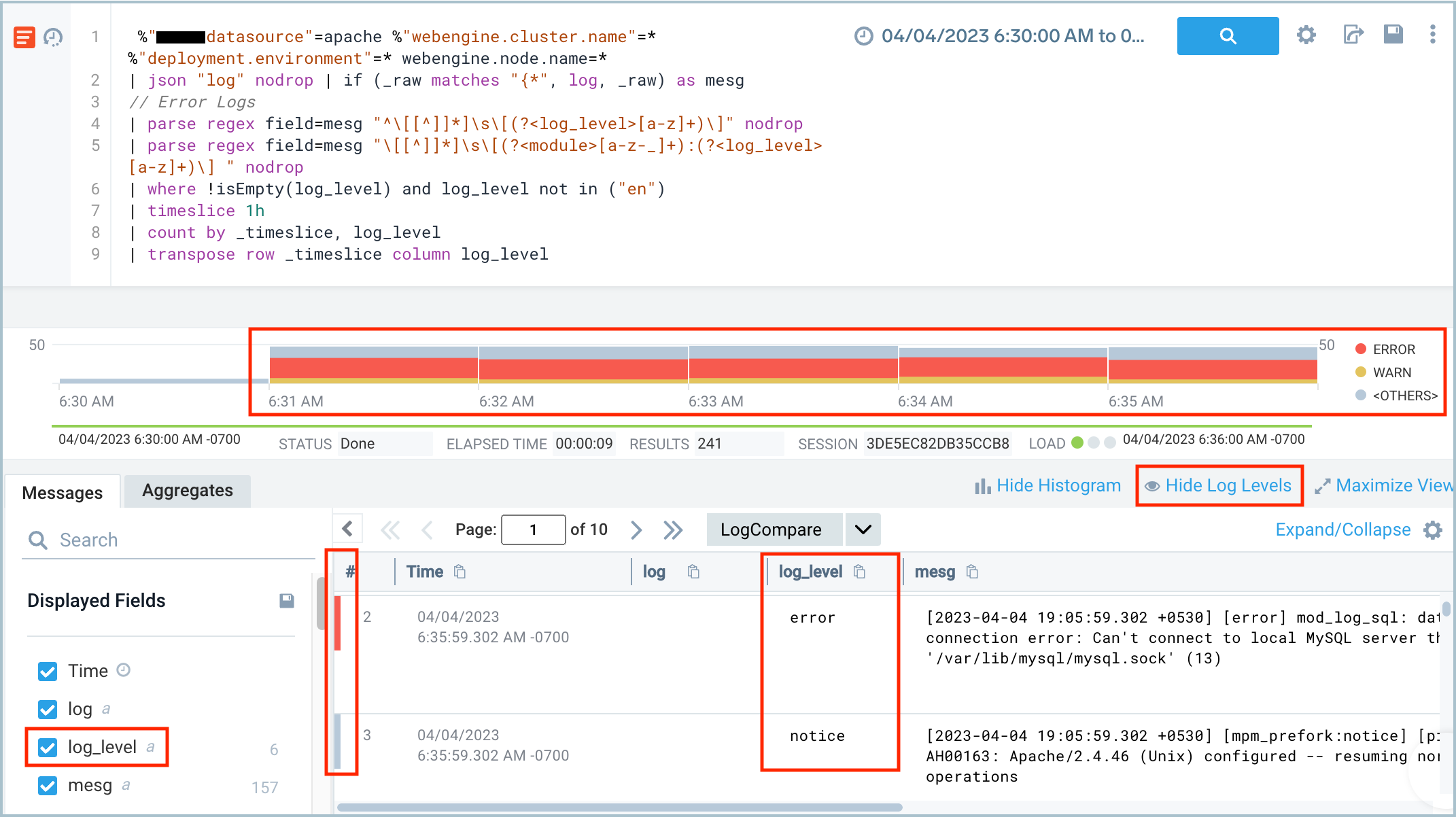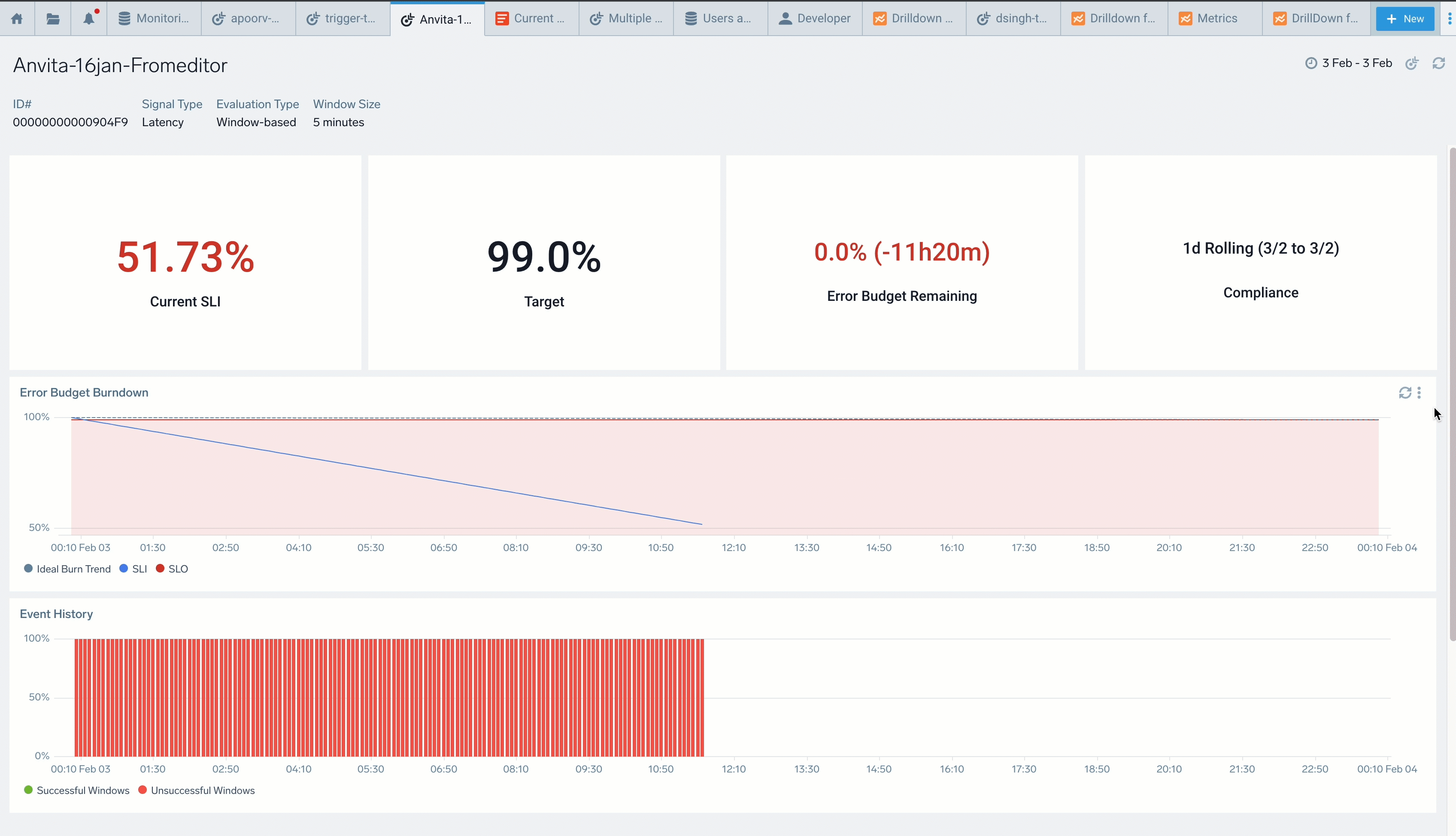We're excited to announce automatic log level detection for Log Search queries, helping you to quickly identify anomalies without having to search through large volume of logs to find high severity issues.
With this update, you can visualize and filter log-level distribution in the Histogram results and Messages table messages of specific log level(s) in the same view. Learn more.
NOTE: This feature is in Beta. To participate, contact your Sumo Logic account executive or our Support Team.



